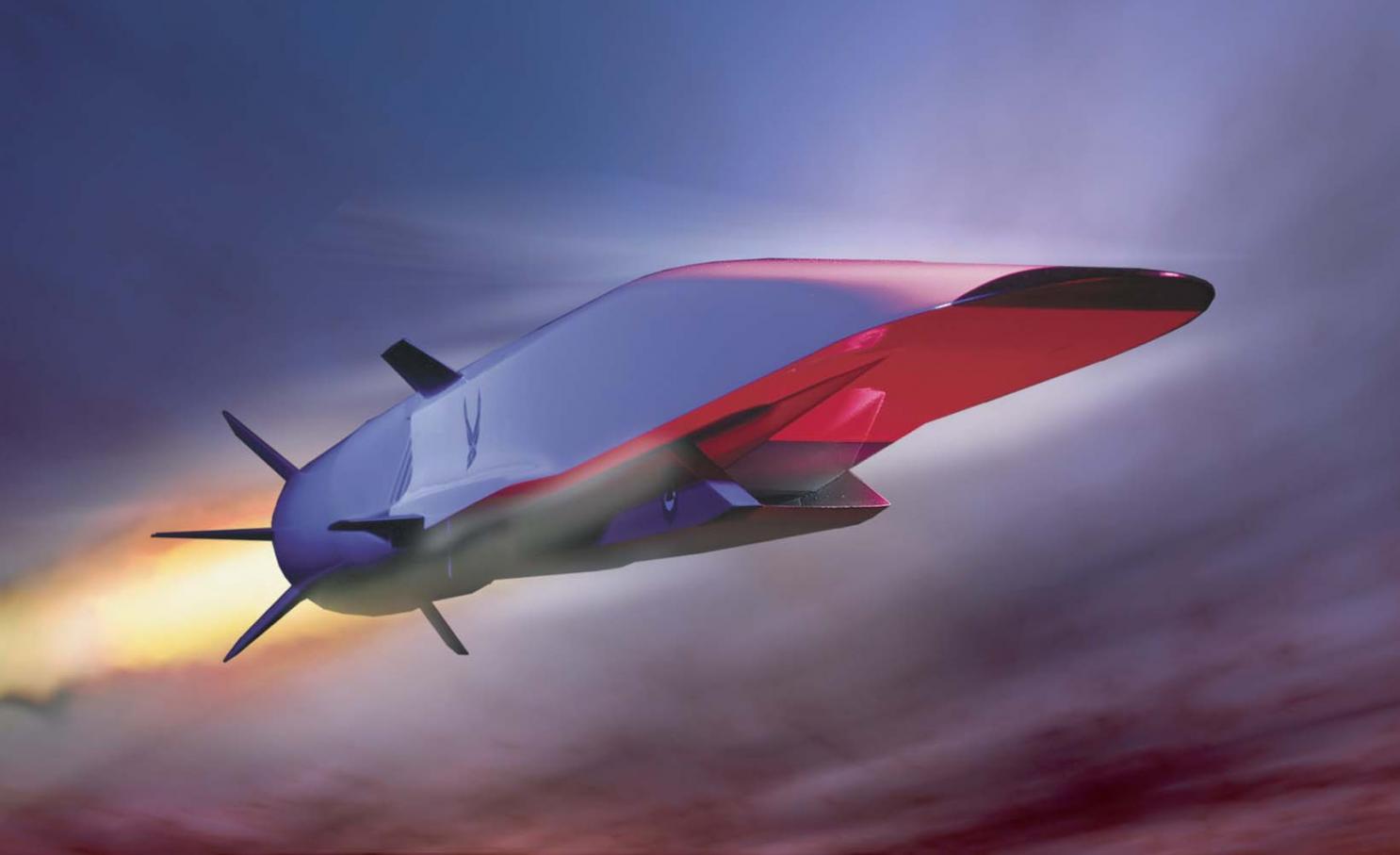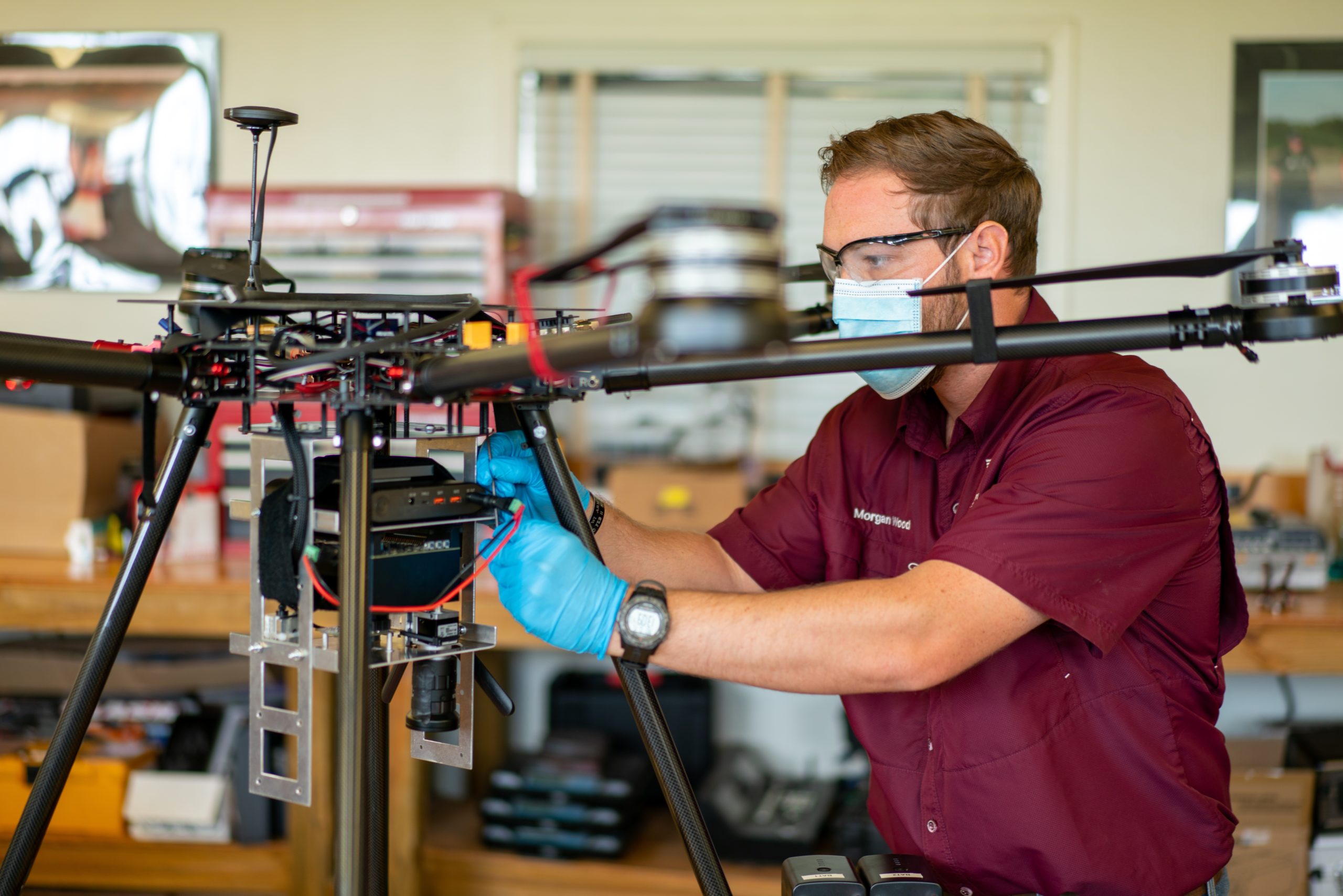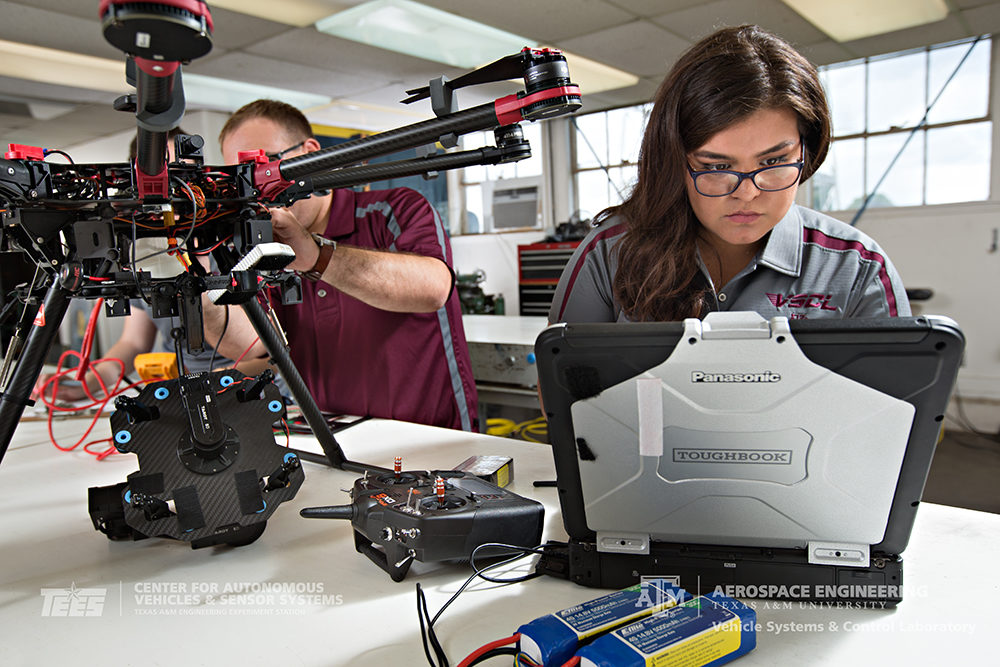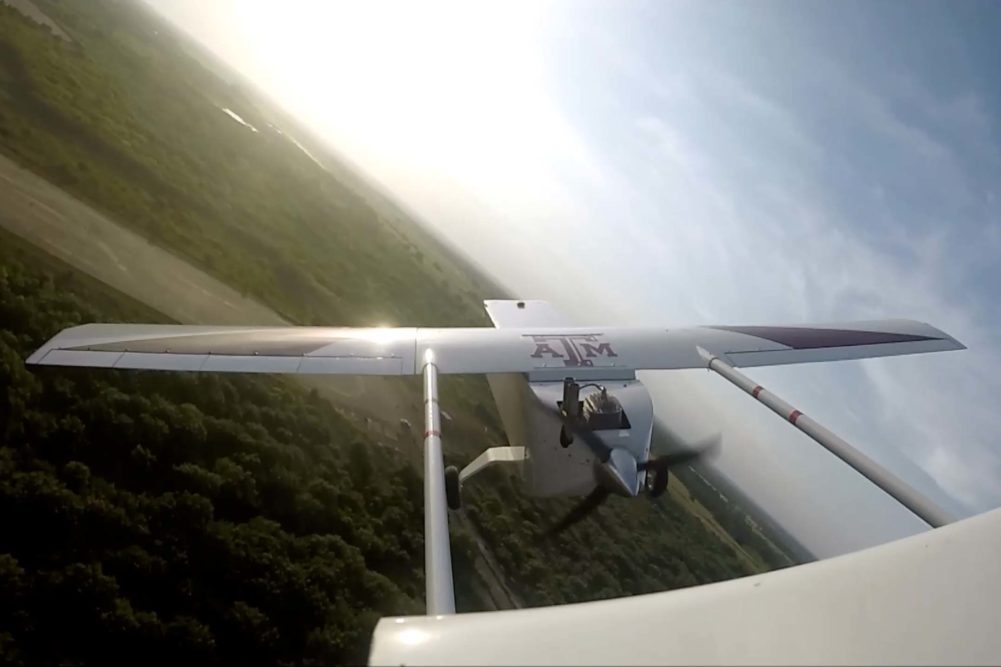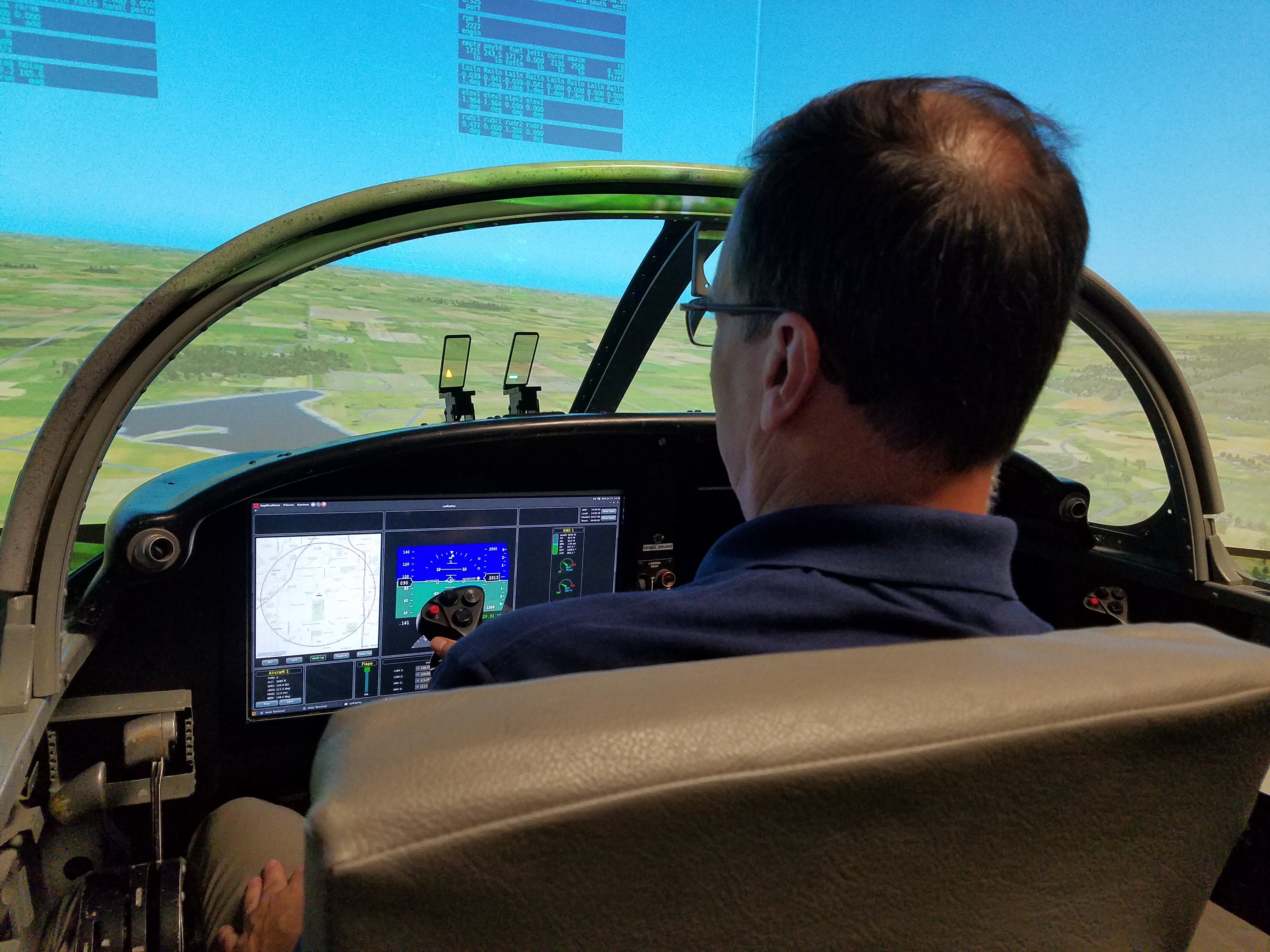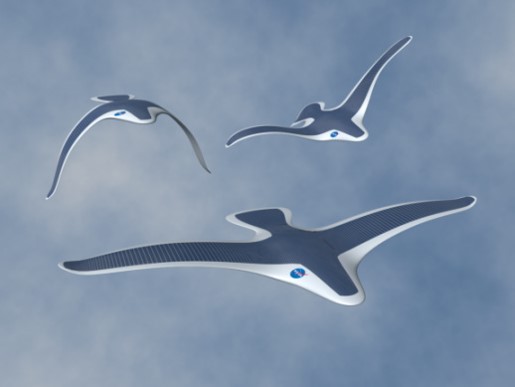Collaborative Effort with
Peter F. Covell, NASA Langley Research Center
Alan Strahan, NASA Johnson Space Center
1 January 2005 – 31 December 2006
Supported by:
NASA Johnson Undergraduate Cooperative Student Program
NASA Johnson Graduate Internship Program
Texas A&M University Flight Simulation Laboratory
During shuttle orbiter entry, failure or degradation of flight control effectiveness or vehicle aerodynamics may result in loss of vehicle control. The loss of the shuttle orbiter Columbia was an example of this, and other failure scenarios include:
- Debris impact renders aft Orbital Maneuvering System (OMS) / Reaction Control System (RCS) inoperable, or degrades aero surface control effectiveness.
- Wing damage induces an aerodynamic asymmetry greater than the baseline flight control system can handle.
- Vehicle damage requires flight at off-nominal attitudes to protect damaged regions from extreme thermal load.
In theory, the forward RCS jets can be used to provide additional torque to maintain yaw control in situations where the aft RCS jets alone are insufficient. The forward RCS jets are not currently used for atmospheric flight control on the shuttle orbiter because the baseline controller was designed to sufficiently handle the present flight/risk envelope without using them. This was largely due to an old aerodynamics “myth” that said the forward RCS jet interactions can be adverse, and thus unsuitable for vehicle control purposes. Although it is true that adverse effects can occur at low angle-of-attack, they are far less likely to occur at higher angle-of-attack, and in August 2004 an aerodynamics Proposal Review Team re-visited the concept and concluded that there were no major aero-mechanic issues that would prohibit use of forward RCS for entry control.
The objective of this research is to design a controller that uses the forward RCS jets to provide additional torque for a damaged vehicle, or a vehicle with damaged control surfaces, or damaged aft jets, to augment the nominal controls during entry. Although the shuttle orbiter retains a fuel reserve of forward RCS jet propellant during entry, the ratio of forward and aft jet activity must be balanced to stay within availability constraints and center of gravity limitations. Use of the aileron and rudder trim limits can help this. A control allocation scheme couple with a fault tolerant Structured Adaptive Model Inverse (SAMI) adaptive controller will be used to detect damage induced torque effects and failed jets.
Specific tasks and research objectives:
- Assess value of using forward RCS during entry failure scenarios.
- Develop updated aero model by extending current aero database above Mach 4.5 to characterize RCS jet interactions.
- Design wrap-on control law to include forward RCS.
- Conduct non real-time simulator evaluation.
- Conduct preliminary risk assessment.
- Conduct real-time simulator evaluation using Shuttle Engineering Simulator (SES).
- Implement control allocation scheme.
- Synthesize and develop Structured Adaptive Model Inverse (SAMI) adaptive controller.
Potential long-term study elements include investigation of the multi-axis RCS contributions afforded by the forward pitch RCS jets, and the aft pitch and roll jets.
Working with me on this program is Undergraduate Research Assistant:
- Carolina Restrepo

